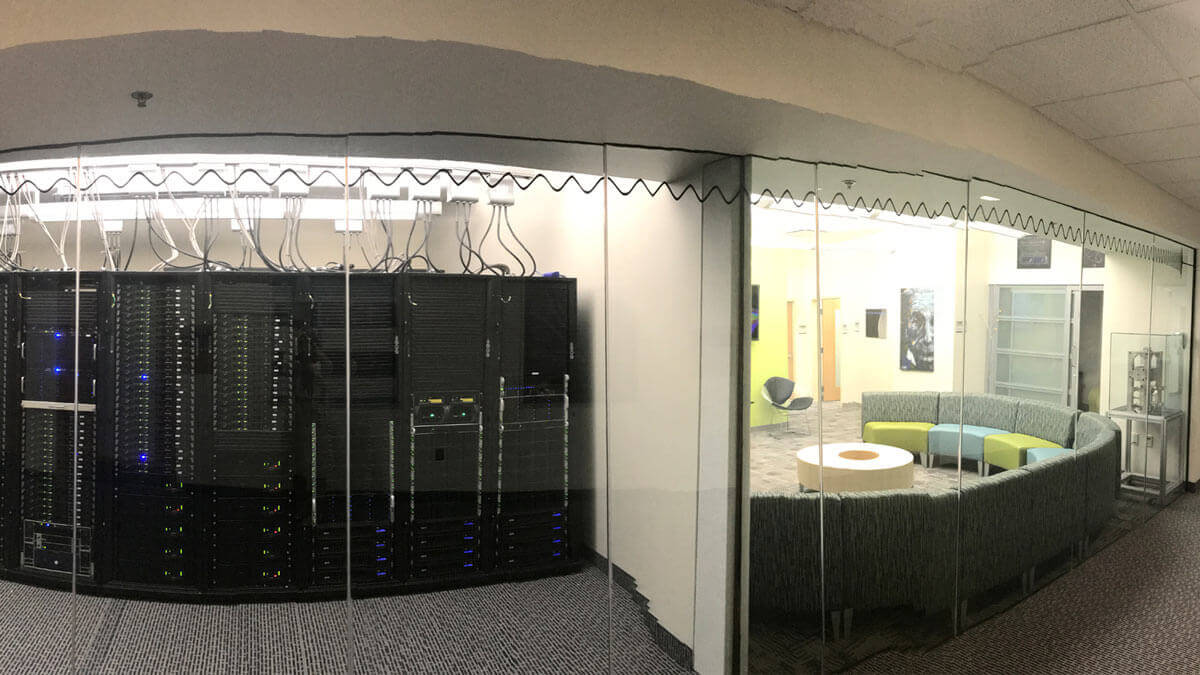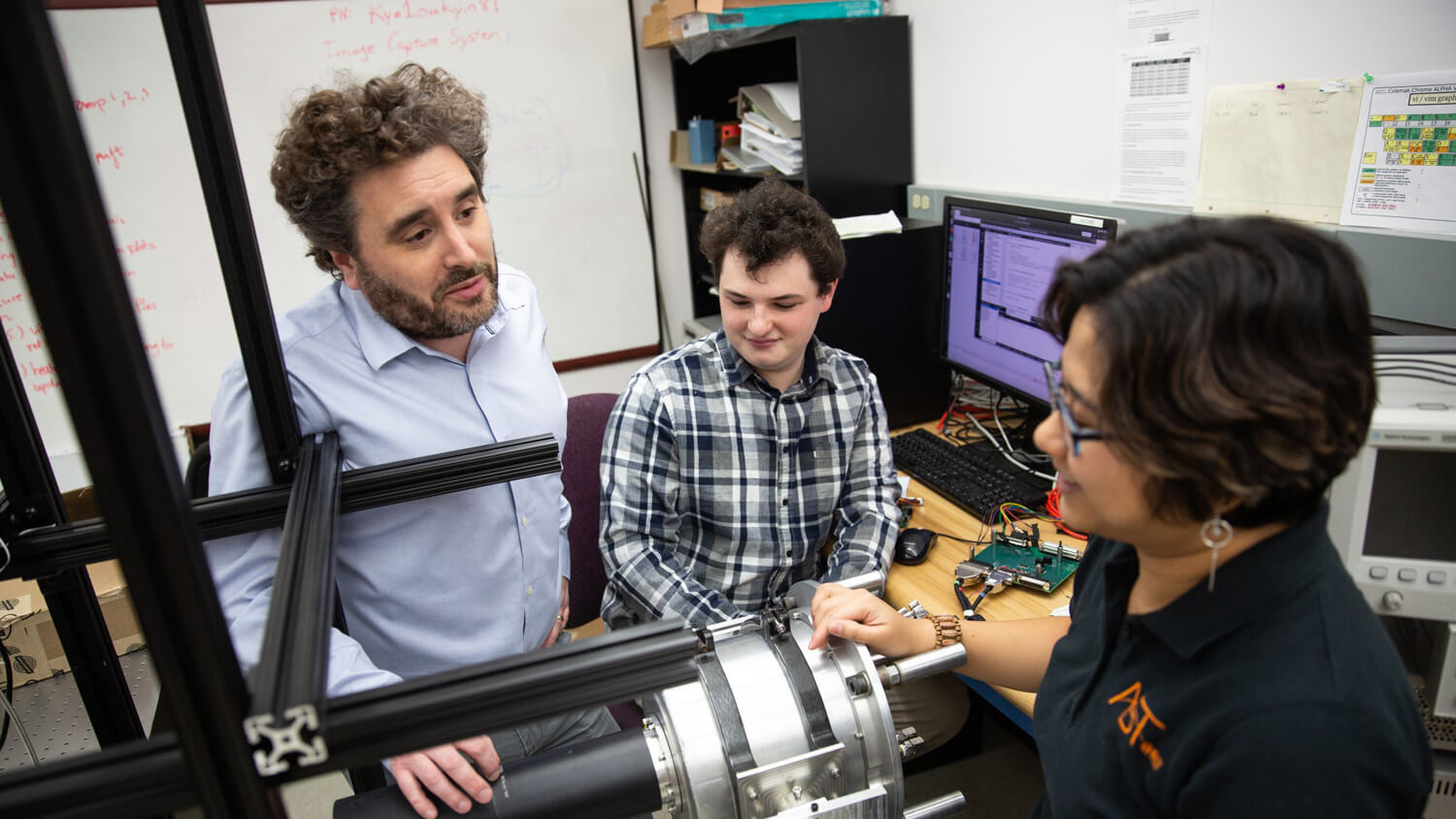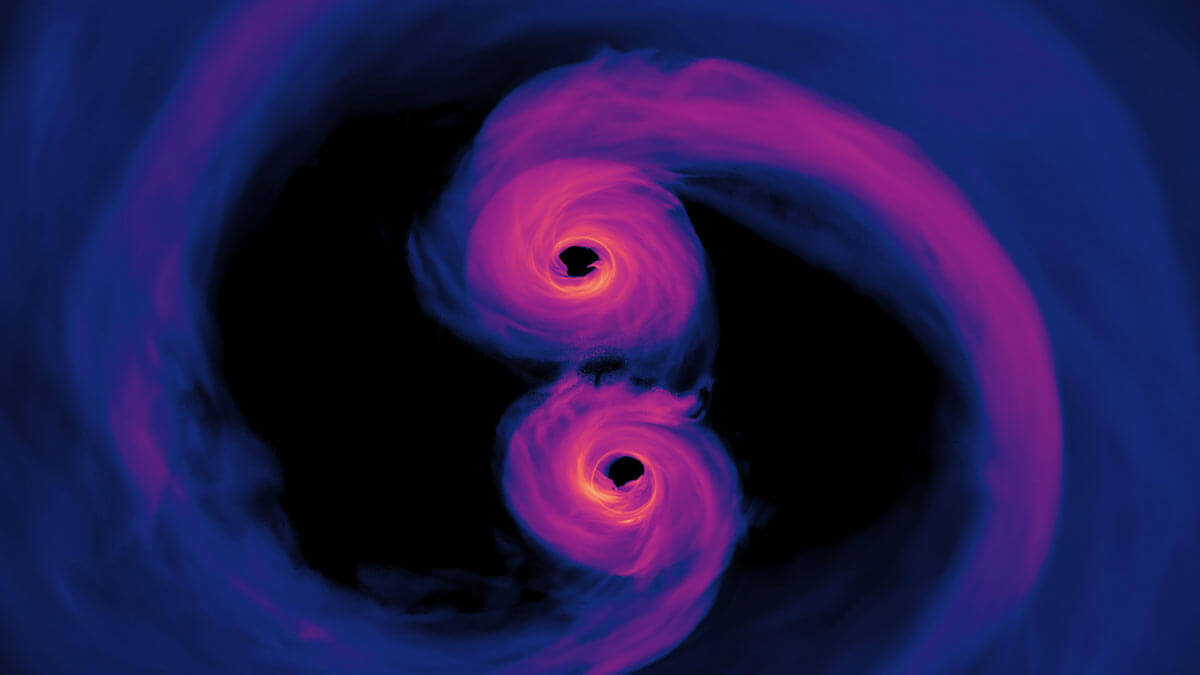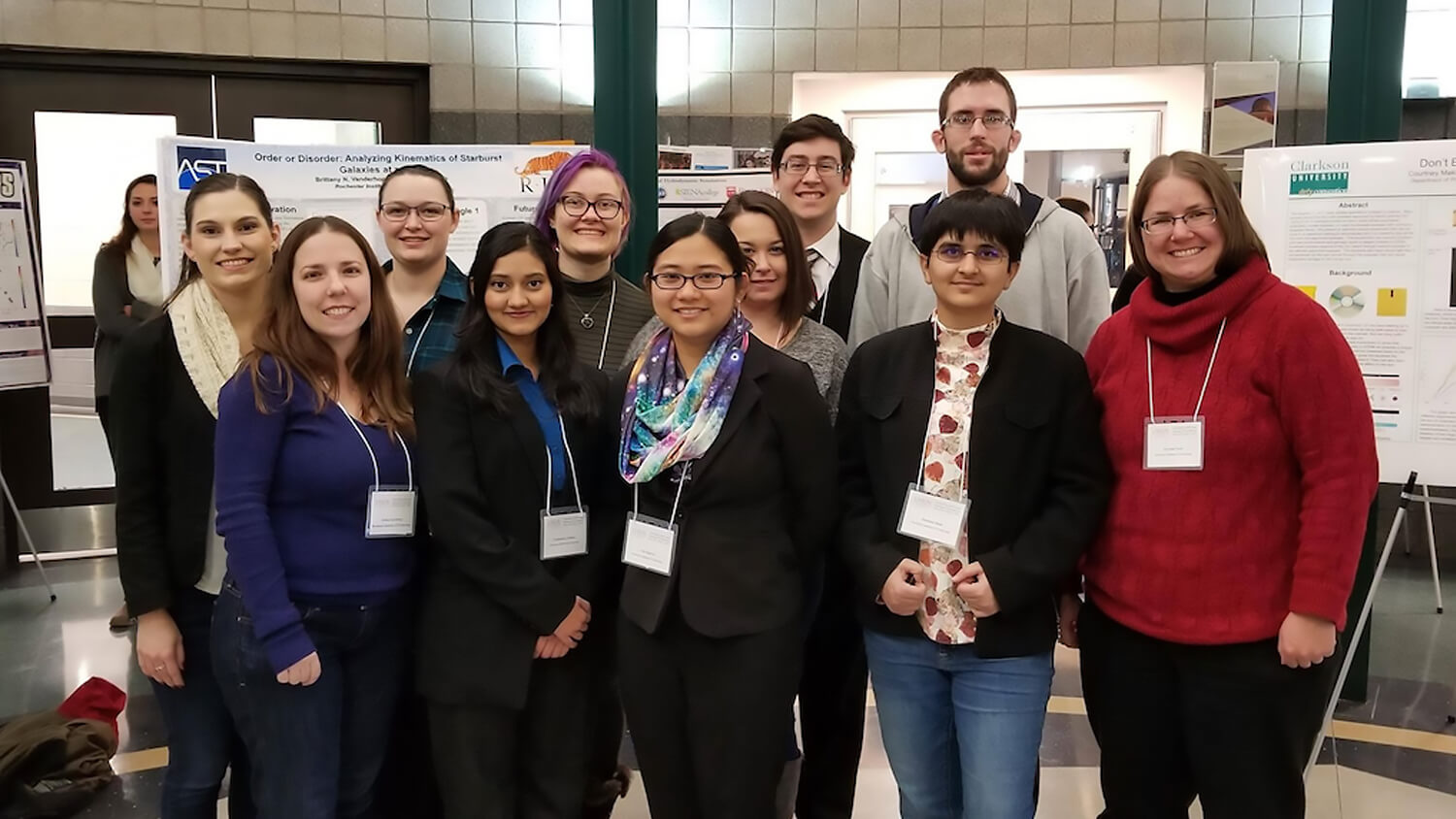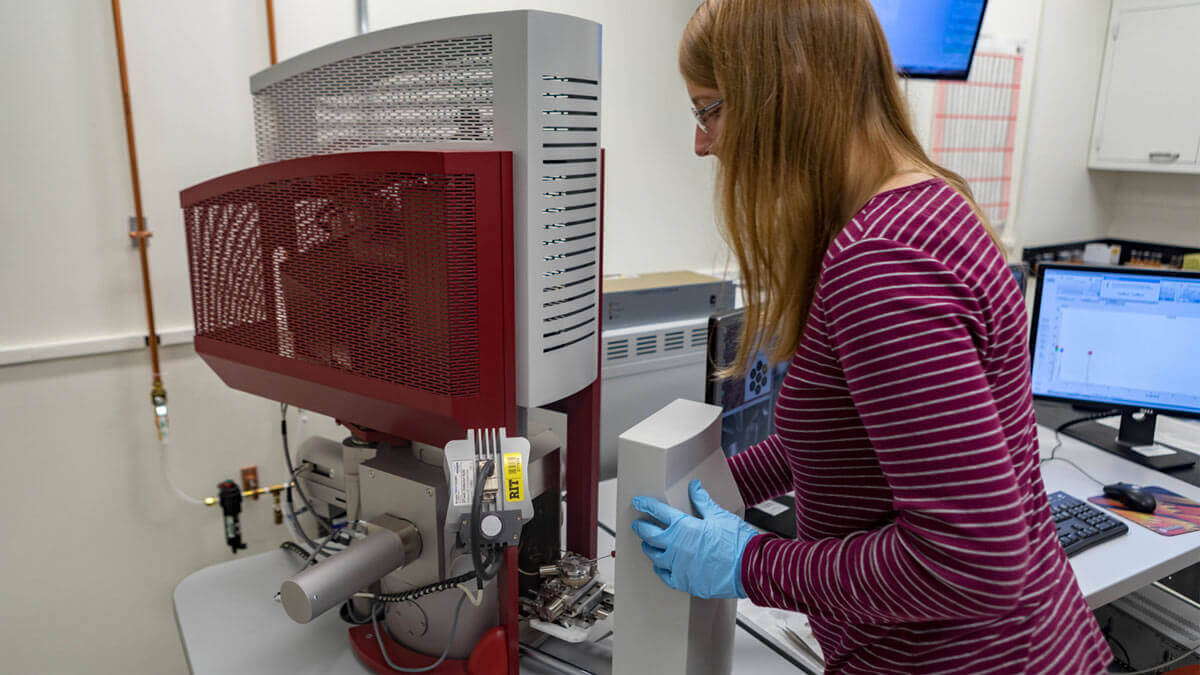Key Research Centers and Facilities
The Center for Advancing STEM Teaching, Learning & Evaluation (CASTLE) is a network of faculty, projects and programs engaged in scholarship surrounding STEM education.
The mission of the Center for Computational Relativity and Gravitation (CCRG) is to advance knowledge and discovery at the frontiers of relativistic astrophysics, gravitational physics, and cosmology, while pursuing new exciting research directions, in connection with new experiments and observations.
The Center for Detectors designs, develops, and implements photon devices to enable scientific discoveries. The center educates and trains students through research and development in detectors, instrumentation, observational astrophysics, nanostructures, silicon photonics, quantum optics and information, and wide-bandgap materials. Staff and student researchers investigate high impact engineering and development problems through external financial support from federal agencies, private foundations, national laboratories, and industry.
Digital Imaging and Remote Sensing (DIRS) focuses on the development of tools to extract information about the earth from satellite, manned and unmanned (drone) aircraft imaging systems. Our students and staff researchers work hand-in-hand to utilize their expertise in physics, mathematics, computer science, and engineering to solve end-to-end applied remote sensing problems in agriculture, natural resource management, and matters of National intelligence and defense.
The Center for Computational Relativity and Gravitation is home to a new interdisciplinary signature research program on the "Frontiers in Gravitational Wave Astrophysics”. The program aims at pushing new frontiers in gravitational wave observations, bringing together leading experts in the new field of multi-messenger astrophysics.
The mission of the Laboratory for Multiwavelength Astrophysics is to foster the utilization and advancement of cutting-edge techniques in multiwavelength astrophysics by RIT faculty, research staff, and students, so as to improve human understanding of the origin and fate of the universe and its constituents.
The Program of Color Science and Munsell Color Science Laboratory work closely with researchers in the fundamental scientific disciplines of biology (human and animal vision), chemistry (colorants and formulation), physics (optical spectroscopy and illumination sources), mathematics (modeling of systems and observers), and psychology (understanding color perception).
The NanoImaging Laboratory use the tools of imaging science to characterize materials at the micro- and nanoscale, using electron microscopy. The tools include imaging, electron diffraction, and x-ray microanalysis to determine the elemental composition of materials.






